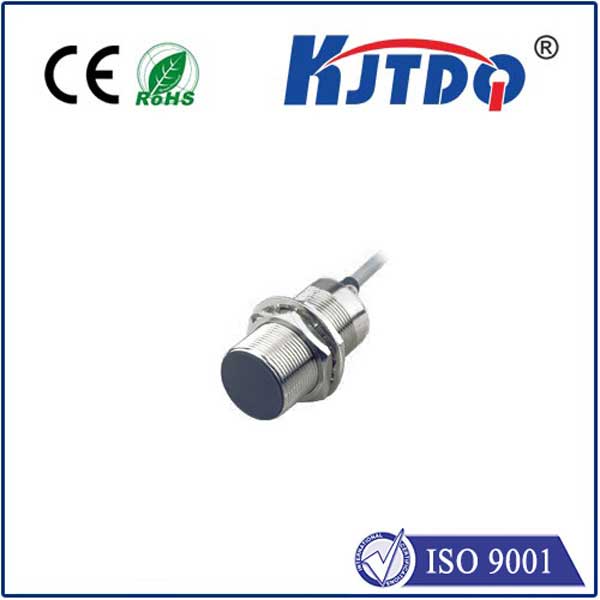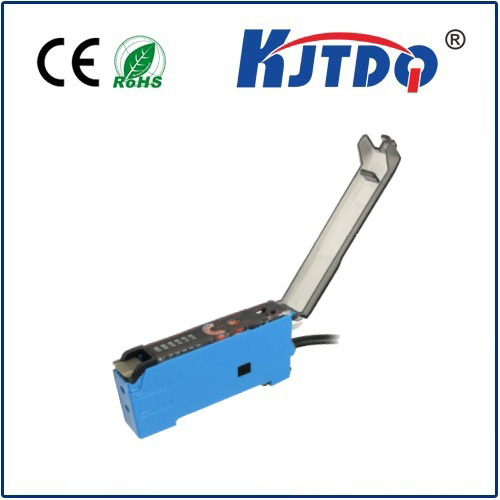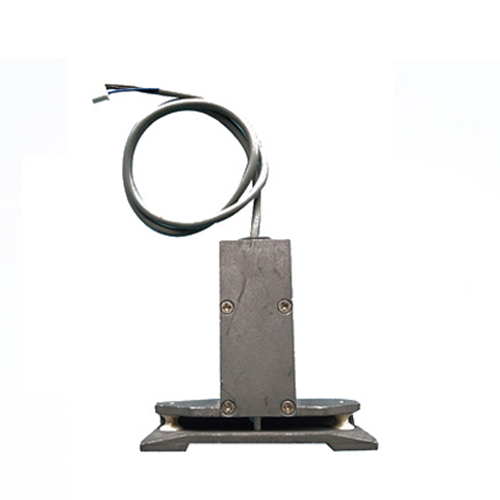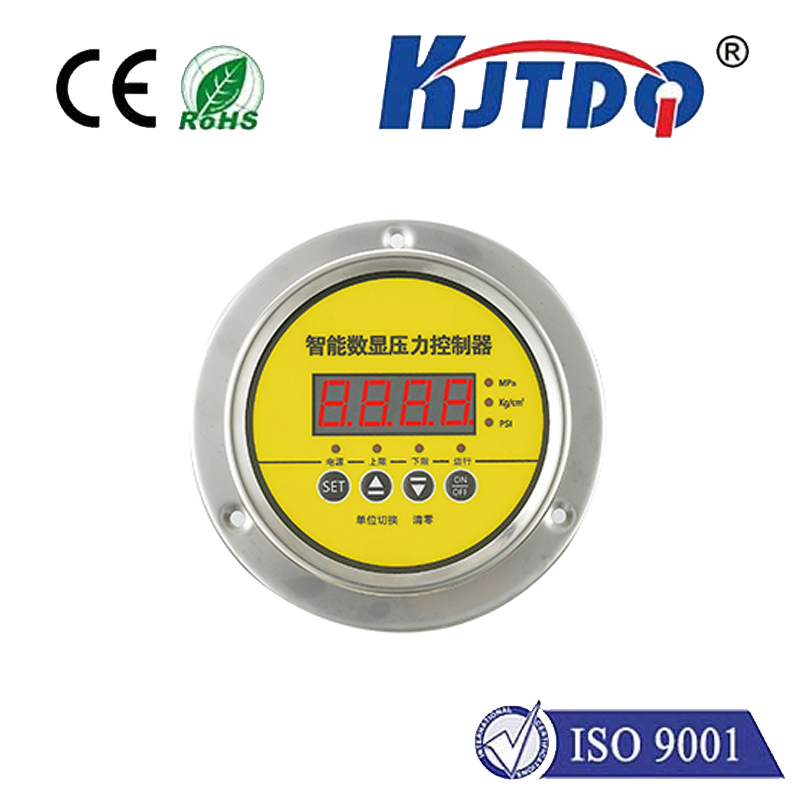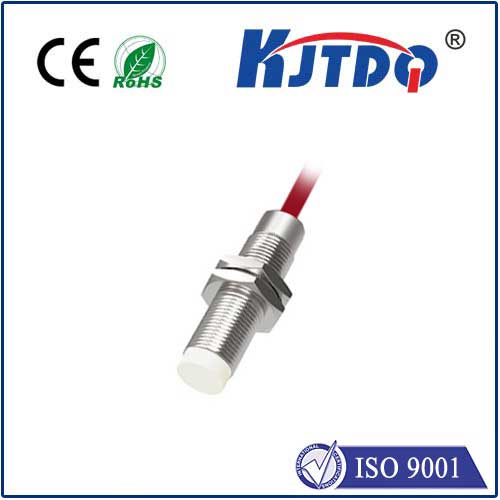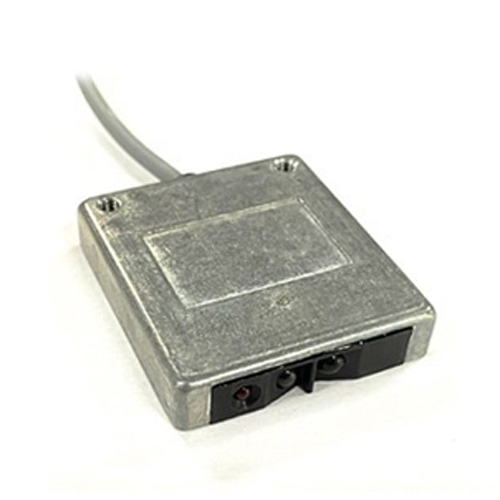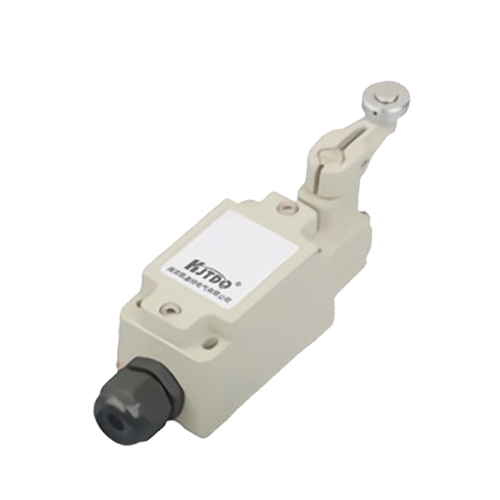slot type photoelectric switch sensor ee-sx670/671
- time:2025-09-10 21:04:32
- Click:0
EE-SX670/671 Slot Sensors: Compact Precision for Reliable Object Detection
In a world dominated by complex gadgetry, sometimes the most impactful solutions lie in elegant simplicity. When consistent, precise detection of tiny objects moving through a confined space is paramount, slot type photoelectric sensors stand out as the reliable workhorses. Among these, the Omron EE-SX670 and EE-SX671 represent a benchmark in compact, high-performance sensing. If your application demands unwavering accuracy in a small footprint, understanding these sensors is crucial.
Understanding the Slot Sensor Concept
Unlike through-beam sensors requiring separate emitter and receiver units, or diffuse reflective sensors bouncing light off a target, a slot type photoelectric switch sensor integrates both the light emitter (typically an infrared LED) and the receiver (phototransistor) directly opposite each other within a single, U-shaped housing. This creates a precise “slot” through which objects pass, interrupting the light beam. Their inherent design offers distinct advantages:
- Simplified Installation: No alignment hassles between separate units.
- High Resolution & Accuracy: The proximity of emitter and receiver allows detection of extremely small objects – the EE-SX670/671 boast an impressive 0.1 mm resolution.
- Consistent Performance: Less susceptible to ambient light interference or surface reflectivity variations compared to diffuse types.
- Compact Form Factor: Ideal for space-constrained applications on PCBs or within machinery.
Introducing the Omron EE-SX670 and EE-SX671
Omron’s EE-SX670 (Light-ON) and EE-SX671 (Dark-ON) represent a pair of industry-standard, miniature slot sensors designed for high-density mounting and reliable operation. Key characteristics define their performance:

- Ultra-Compact Dimensions: Measuring just 2.35 mm slot width, 2.5 mm slot depth, and an overall height of 5 mm, they fit easily onto printed circuit boards (PCBs) or within tight machine assemblies. This miniaturization is critical in modern, space-optimized designs like printers, copiers, automated test equipment, and intricate assembly lines.
- Advanced Photologic: The designation Light-ON (EE-SX670) means the output transistor turns ON when the light beam is uninterrupted. Conversely, Dark-ON (EE-SX671) means the output activates when the beam is blocked. Choosing the correct logic type is essential for seamless integration into your control system.
- Output Configuration: Both models feature a phototransistor output. Crucially, they are available in complementary versions:
- NPN Output (Sinking): The output transistor connects the load to common/ground when active. Common in PLCs and control systems sourcing input signals.
- PNP Output (Sourcing): The output transistor connects the load to the positive supply when active. Often used with systems designed for sinking inputs.
- Selecting the correct NPN or PNP variant is vital for compatibility with your controller.
- High Resolution & Sensitivity: As mentioned, their ability to detect minute objects passing through the slot – down to 0.1 mm – makes them indispensable for precise position verification, paper feed detection, small part counting, and checking for the presence of thin materials like films or wafers.
- Solder Pin Terminals: Designed for direct surface-mount technology (SMT) onto PCBs, facilitating automated assembly. This reinforces their suitability for high-volume production in electronics manufacturing.
- IP50 Rating: While not suitable for harsh, wet environments, the IP50 rating (Ingress Protection) provides protection against limited dust ingress, making them suitable for general industrial and office equipment interiors.
- EMC Compliance: Engineered to meet relevant EMC directives, helping ensure stable operation without causing undue interference in sensitive electronic environments.
Operating Principle Demystified
The core function of the EE-SX670/671 photoelectric sensor is elegantly simple:
- The integrated infrared LED emits an invisible infrared light beam continuously across the slot.
- The opposing phototransistor constantly monitors the intensity of this received light.
- When an object enters the slot:
- For the EE-SX670 (Light-ON): The beam is blocked, light intensity at the receiver drops, the internal circuitry detects this change, and the output turns OFF.
- For the EE-SX671 (Dark-ON): The beam is blocked, light intensity at the receiver drops, the internal circuitry detects this change, and the output turns ON.
- When the object exits the slot, the light beam is restored, and the output returns to its normal state (ON for SX670, OFF for SX671).
This digital ON/OFF switching provides a clear, unambiguous signal to controllers like PLCs, microcontrollers, or counters.
Where Do the EE-SX670/671 Excel? Applications Galore
The blend of miniature size, high precision, and reliable slot-based detection makes these Omron sensors ubiquitous across diverse sectors:
- Office Automation: Detecting paper presence/absence, paper jams, cover open/closed, toner levels, and print head positioning within printers, copiers, scanners, and fax machines.
- Factory Automation (FA): Verifying presence of tiny components (screws, pins, springs) on feeders, confirming workpiece positioning before machining, detecting end-of-strip in coil feeding, part counting on conveyor chutes, monitoring spindle rotation via flags.
- Semiconductor & Electronics Manufacturing: Checking wafer presence in cassettes, detecting tape feeders, verifying pick-and-place component loading, confirming cover positions on sensitive equipment.
- Medical Devices: Detecting reagent vials in analyzers, monitoring fluid levels in tubing, confirming drawer or door closures, sensing component position in dispensing mechanisms.
- Consumer Goods: Ensuring correct lid closure on appliances, detecting disc insertion in drives, verifying mechanism movement in power tools or toys.
Choosing Between EE-SX670 and EE-SX671: Why It Matters
The Light-ON vs. Dark-ON distinction isn’t trivial; it fundamentally dictates how the sensor integrates into your circuit logic. Consider:
- Choose EE-SX670 (Light-ON/Normally Closed): If your circuit needs an active signal (output ON) when the slot is clear, and wants the output to deactivate (go OFF) when an object blocks the beam. This provides a “safe” or “ready” signal when nothing is detected. Useful for detecting jams (loss of light means jam) or confirming a clear path.
- Choose EE-SX671 (Dark-ON/Normally Open): If your circuit needs an active signal (output ON) only when an object is present and blocking the beam. This is the more intuitive choice for straightforward object presence detection – the output triggers because the object is there. Ideal for counting parts or triggering an action when an item passes through the slot.
The Enduring Value Proposition
For decades, the Omron EE-SX670 and EE-SX671 have delivered unmatched precision and unwavering reliability in a package measured in millimeters. Their straightforward slot-based photoelectric principle, combined with robust construction designed for SMT assembly, ensures efficient, automated production and long service life. Whether you’re verifying the passage of a sheet of paper, a micro-component, or a wafer slot, these sensors provide the dependable object detection signal that modern automation systems rely on. Their specialization in miniature slot sensing solves a critical need where other sensor types struggle with size constraints or environmental factors.






